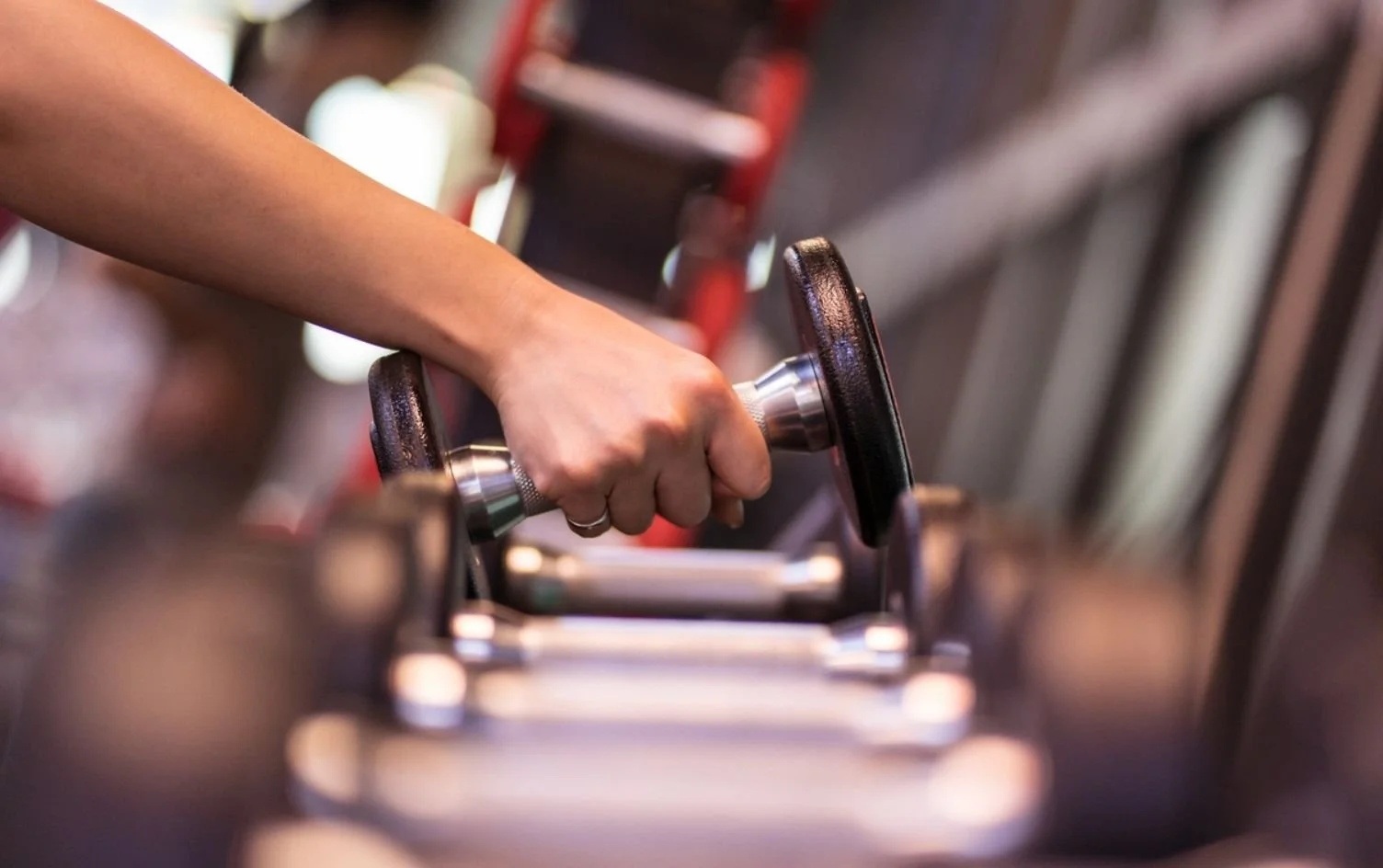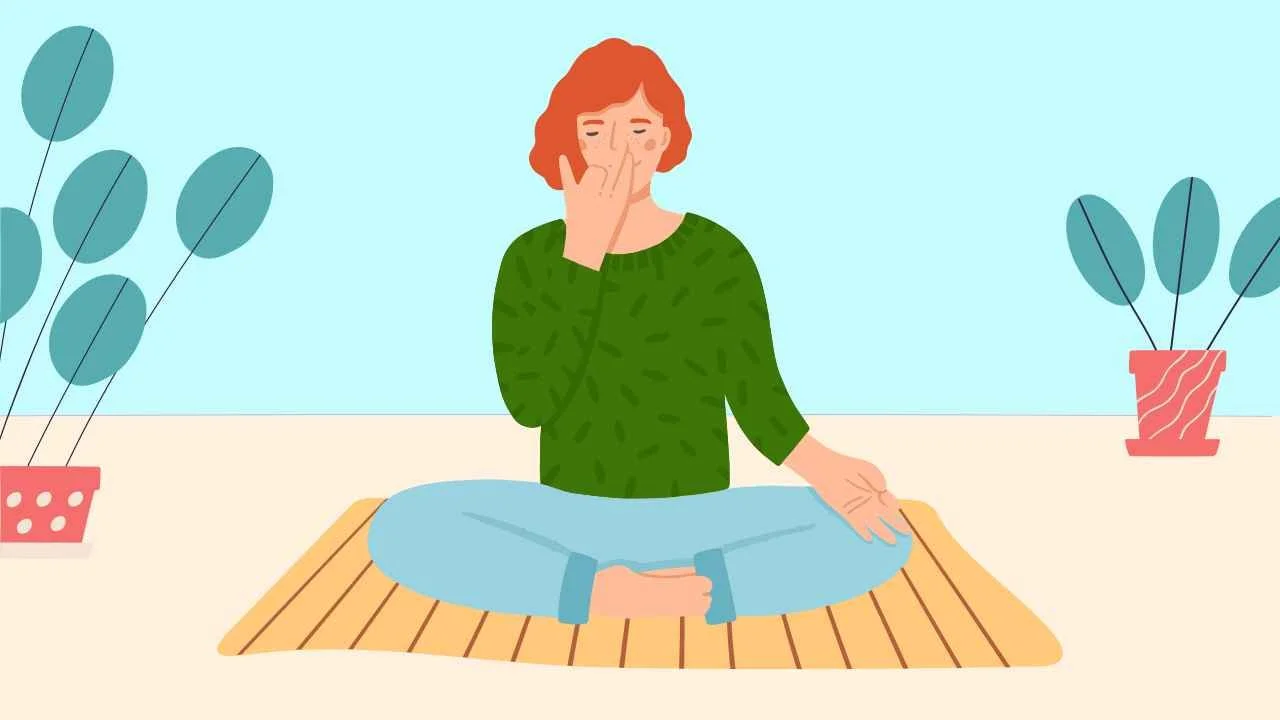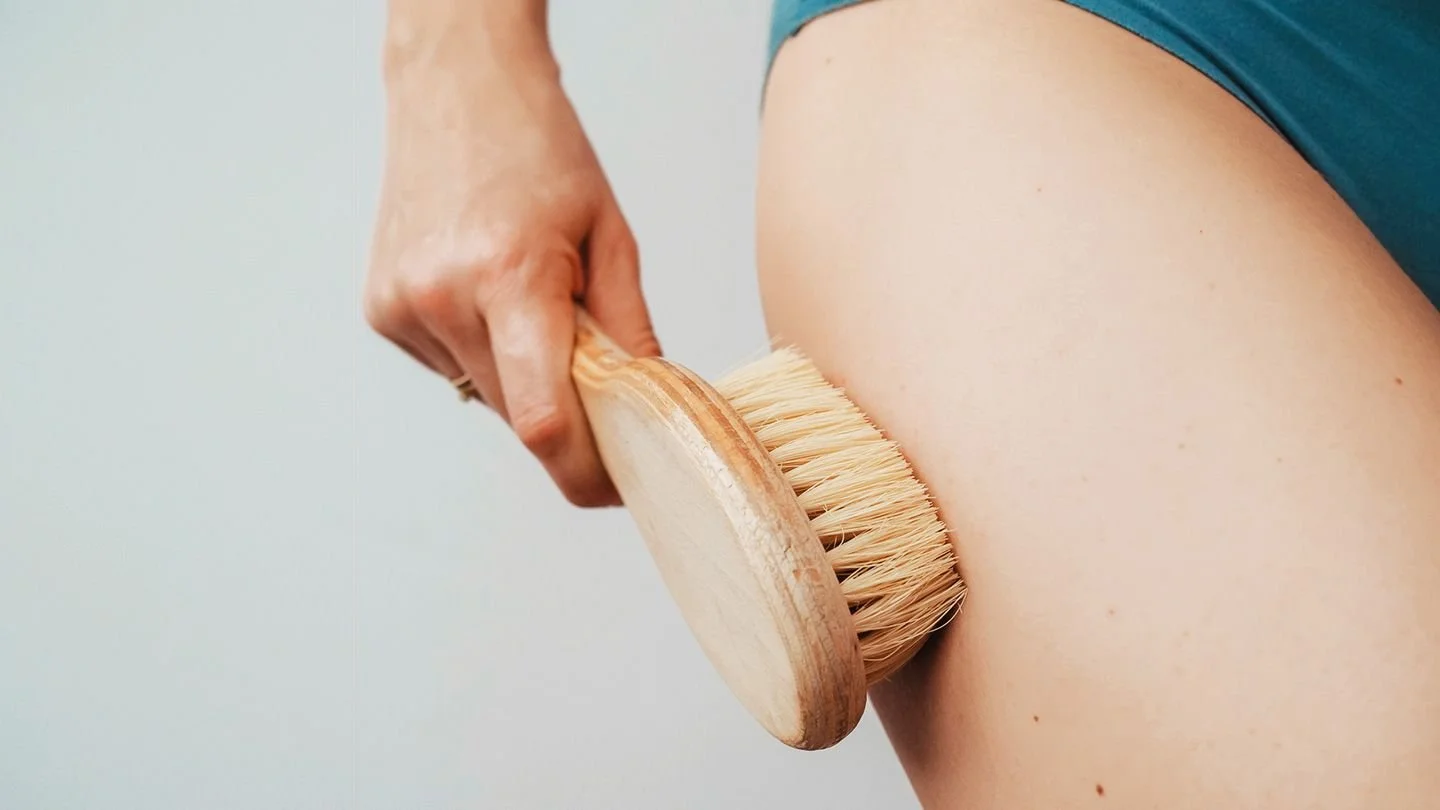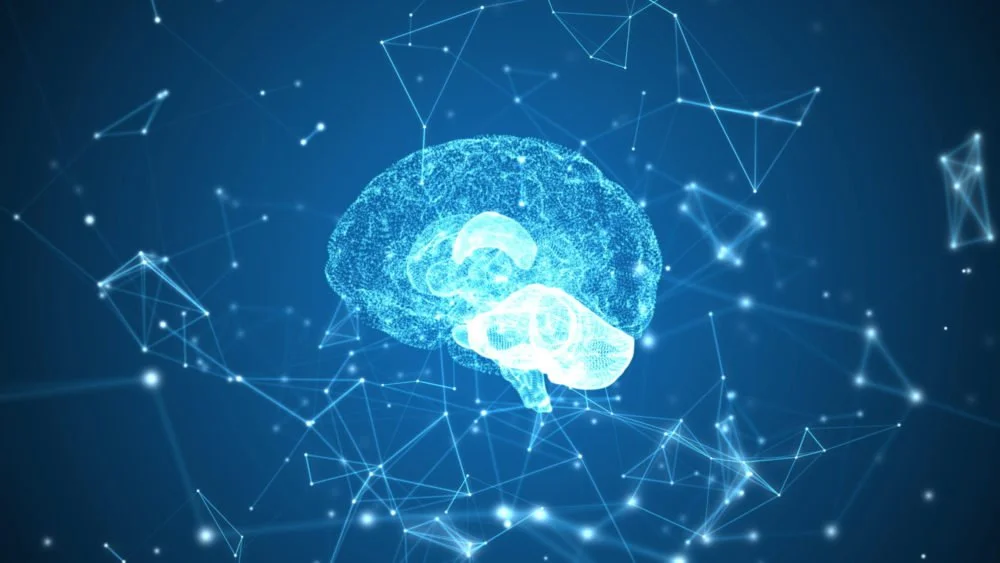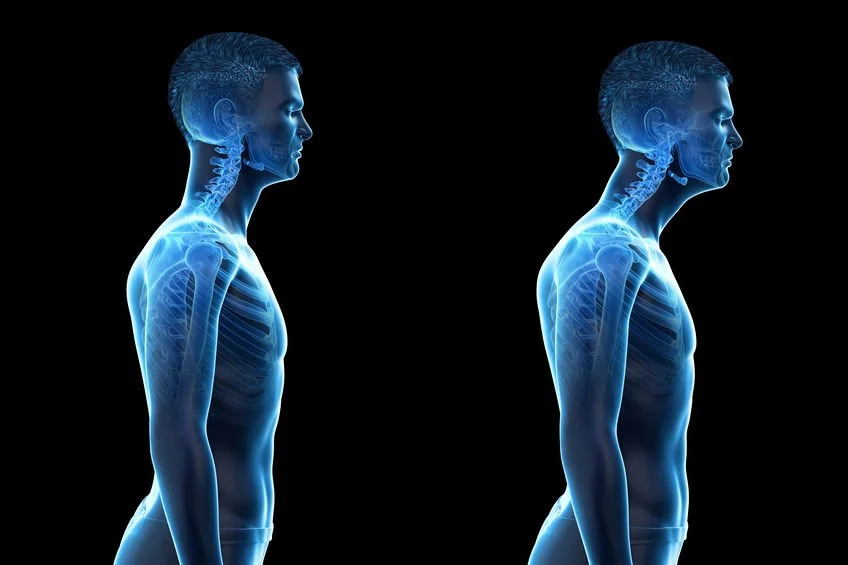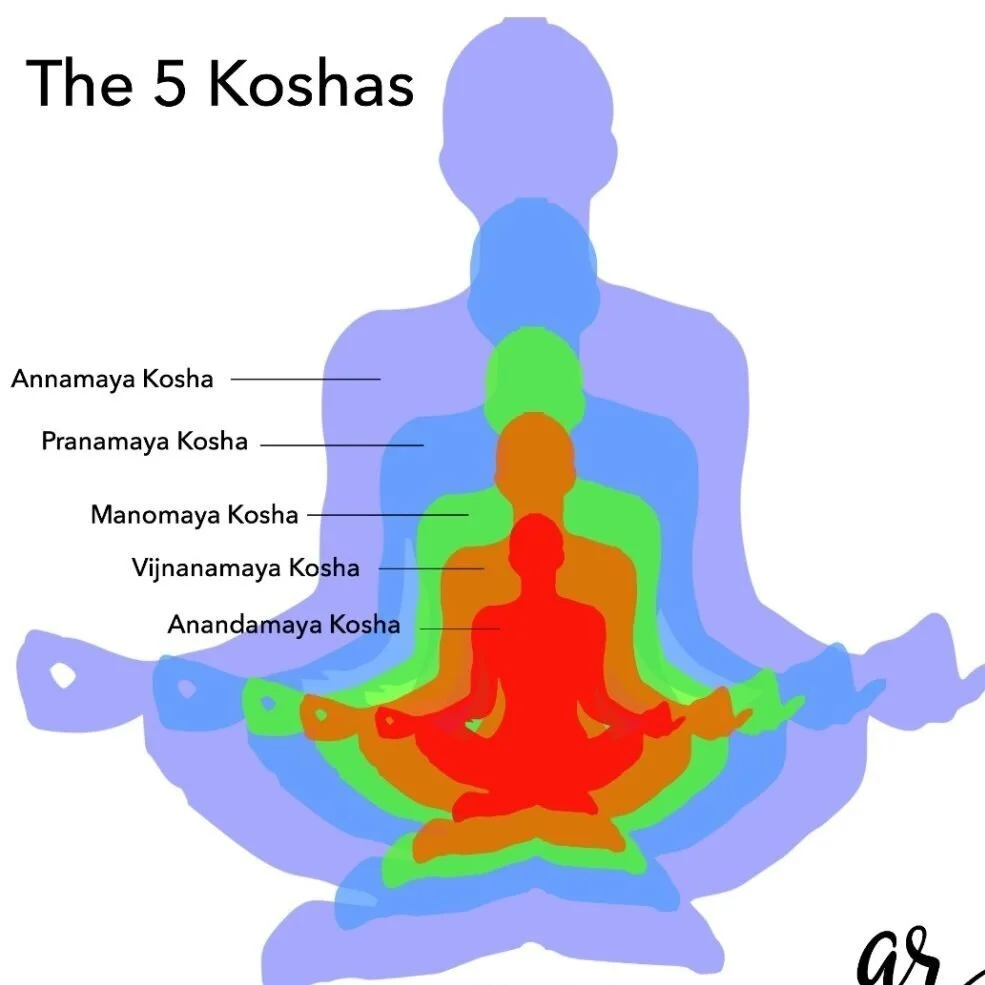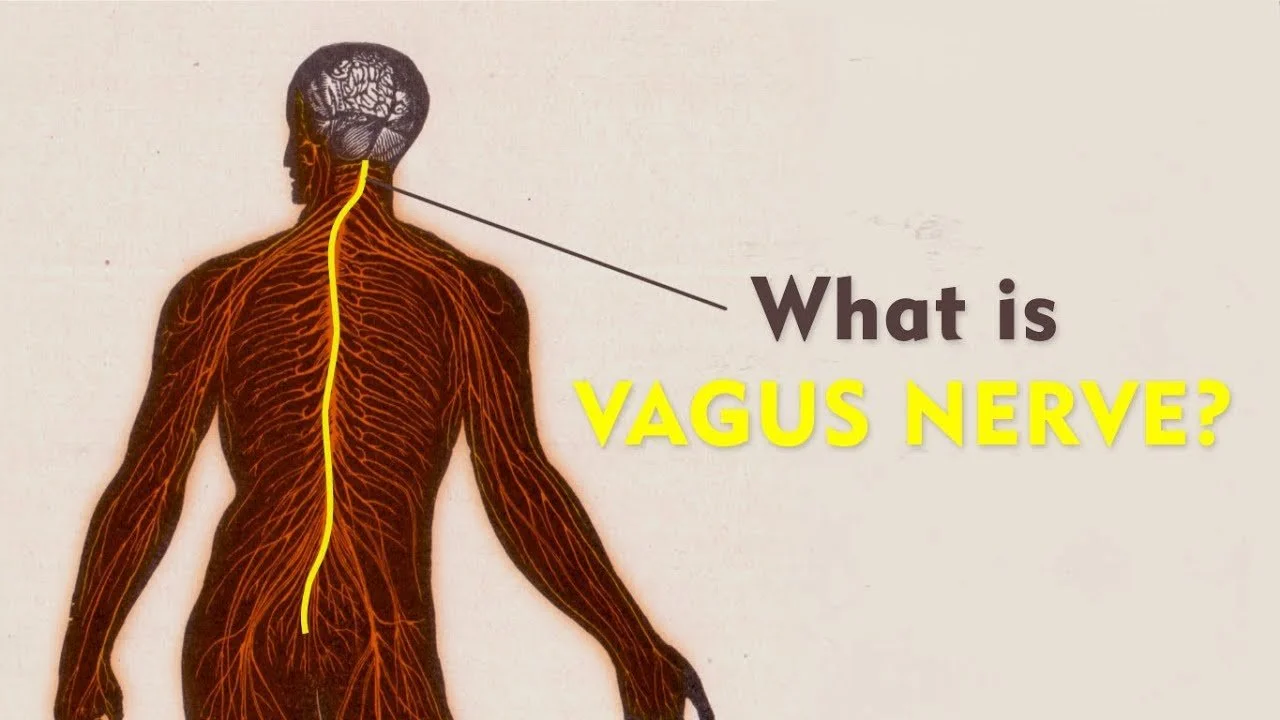Cashew cheese is a versatile and delicious alternative to dairy-based cheeses, and can be customized with a variety of herbs, spices, or other flavorings to suit your taste preferences.
Here is a recipe for a basic cashew cheese:
Ingredients:
2 cups raw cashews, soaked in water for at least 4 hours or overnight
1/4 cup nutritional yeast
1/4 cup lemon juice
1/4 cup water
2 cloves garlic, minced
1 tsp salt
Optional: herbs, spices, or other flavorings to taste
Instructions:
Drain the soaked cashews and place them in a food processor or high-speed blender.
Add the nutritional yeast, lemon juice, water, garlic, salt, and any other flavorings you like.
Blend the mixture on high speed until it is smooth and creamy, scraping down the sides of the bowl as needed.
Taste the cashew cheese and adjust the seasoning as needed.
Transfer the cashew cheese to a bowl or container and refrigerate for at least an hour, or until it is firm enough to slice or spread.
Serve the cashew cheese as a spread on crackers or bread, as a dip for vegetables, or as a topping for salads or pasta dishes.
Enjoy!!


